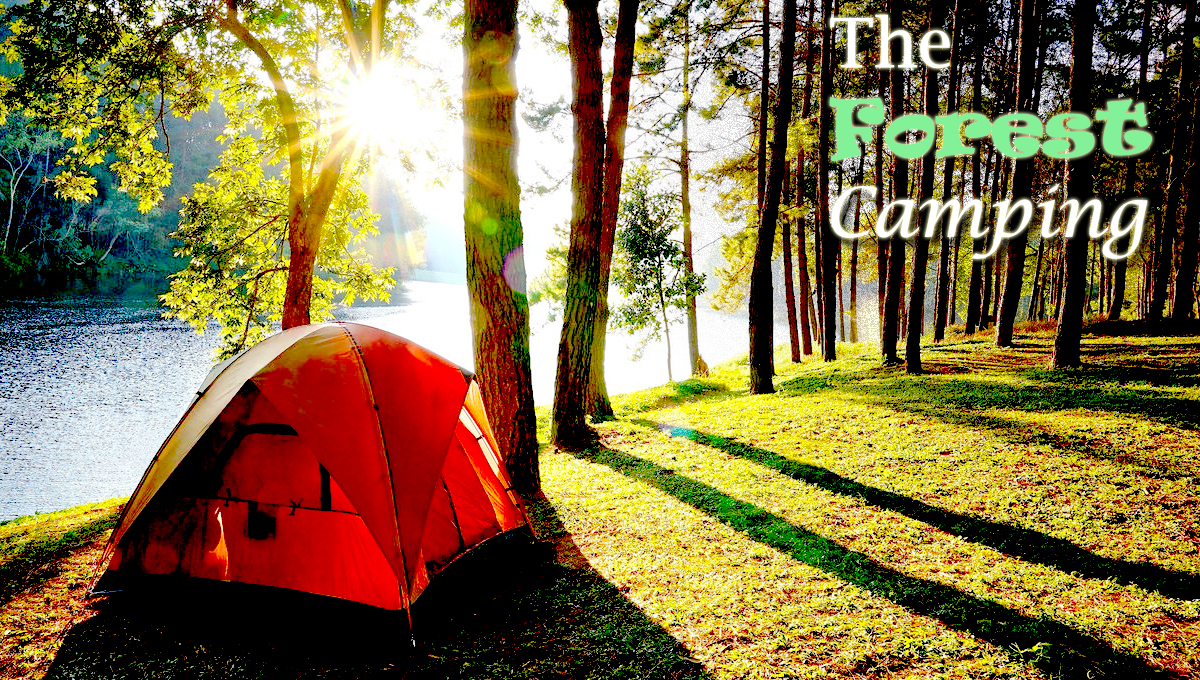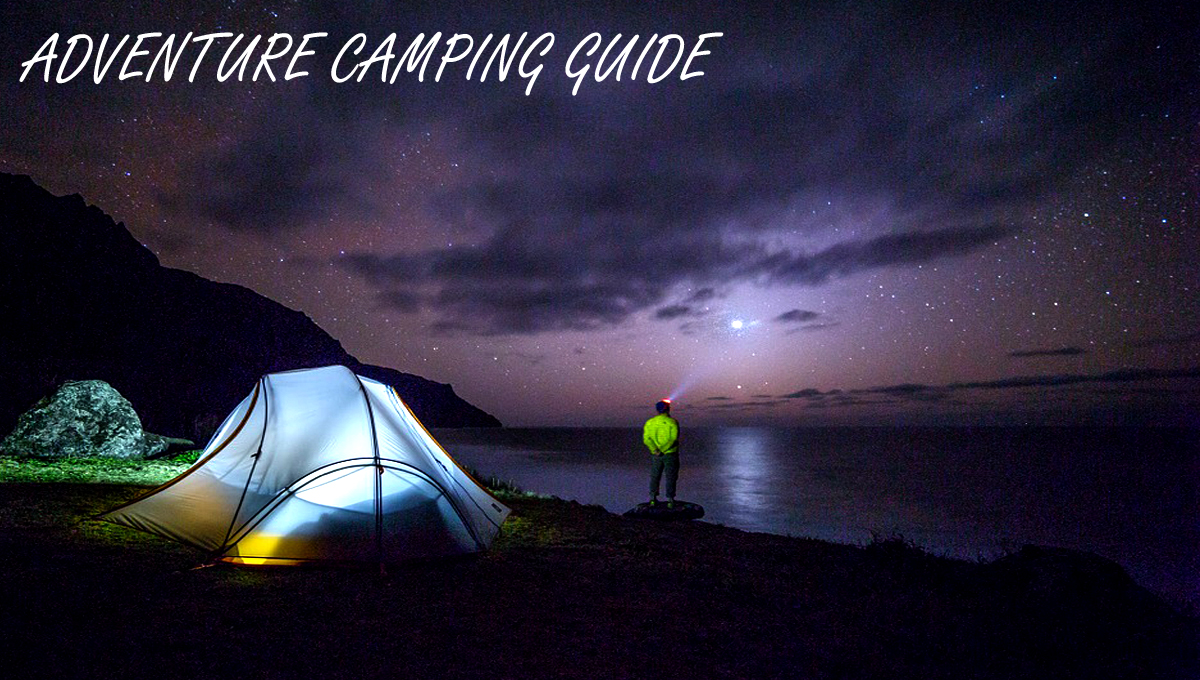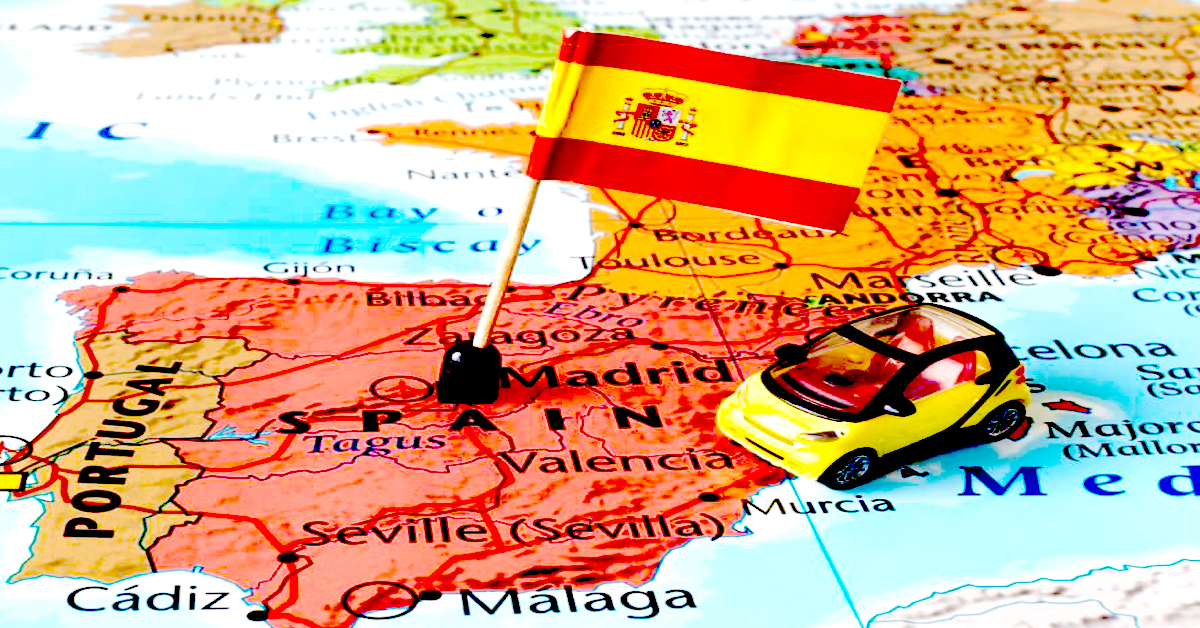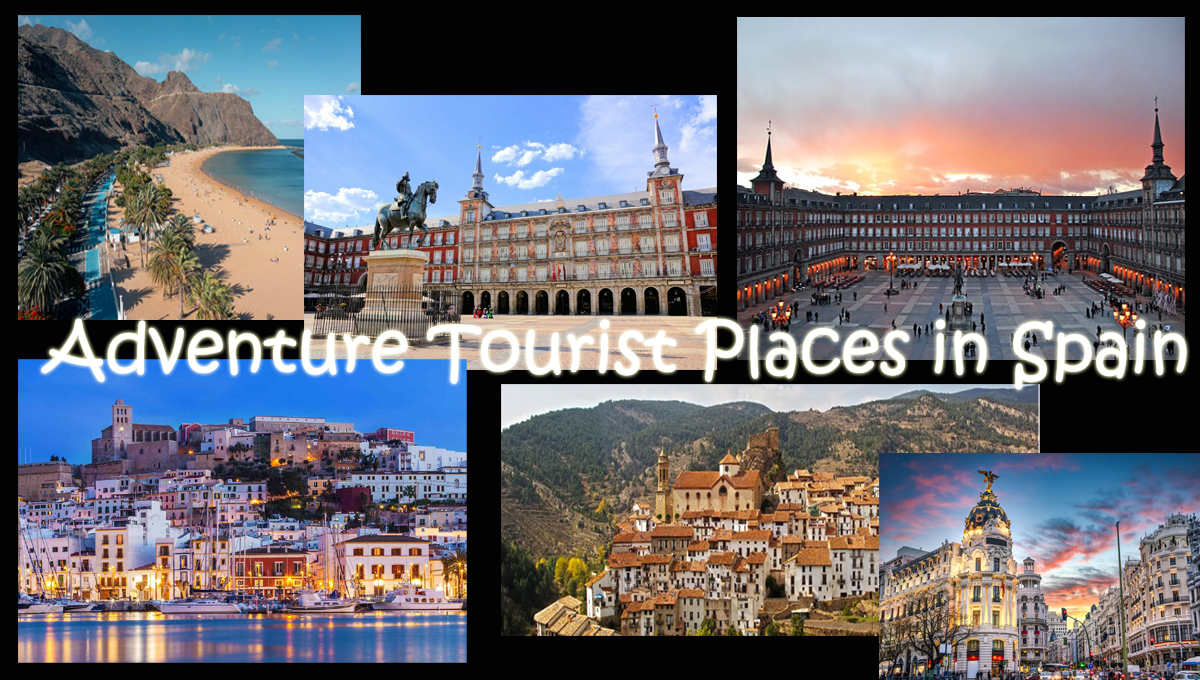WHAT IS FOREST CAMPING?
Forest camping is a type of camping that takes place in a forested area, typically within a designated camping area or campsite. This type of camping can offer a wide range of recreational opportunities, such as hiking, fishing, swimming, and bird-watching, as well as the chance to enjoy the natural beauty of the forest environment.
When camping in the forest, it’s important to be aware of and follow the regulations set by the land management agency, such as obtaining the necessary permits, respecting fire restrictions and rules, and following Leave No Trace principles to minimize impact on the environment.
WHAT IS THE BEST TIME FOR FOREST CAMPING?
The best time for forest camping can vary depending on the location, the specific forest, and the type of camping experience you are looking for. In general, the peak season for forest camping is during the summer months, when the weather is typically warmer and more favorable for outdoor activities. During this time, campgrounds and trails are often more crowded and reservations are highly recommended.
Spring and fall are also good times for forest camping, as the weather is typically milder and the crowds are smaller. This time of year can offer the chance to see the forest come alive with new growth in spring or the changing of the leaves in fall.
WHAT IS PINE FOREST ?
A pine forest is a type of forest that is characterized by the presence of pine trees as the dominant species. Pine trees are evergreen conifers that are typically tall and have needle-like leaves. They are known for their characteristic scent and for their cones. Pine forests can be found in many parts of the world, including North America, Europe, Asia, and Africa.
Pine forests can be further divided into different types based on the specific species of pine tree present, such as:
- Southern Pine forests found in the southeastern United States
- Lodgepole Pine forests found in the western United States and Canada
- Ponderosa Pine forests found in the western United States
- Jack Pine forests found in the northern United States and Canada
- Longleaf Pine forests found in the southeastern United States.
Pine forests can provide a variety of ecosystem services such as carbon sequestration, water regulation, wildlife habitat, and recreation opportunities. They are also an important economic resource for the production of lumber and paper.
Pine forests are vulnerable to pests and diseases, and climate change which can alter the structure of the forest and impact the species that are able to survive in the ecosystem.
PINE FOREST CAMPING
Pine forest camping refers to camping in an area where pine trees are the dominant species. Pine forest campgrounds can be found in many parts of the world, and can offer a wide range of recreational opportunities, such as hiking, fishing, swimming, and bird-watching, as well as the chance to enjoy the natural beauty of the forest environment.
Pine forests can provide a diverse ecosystem, with a variety of plant and animal life, and they are known for their characteristic scent and for their cones. Pine forest camping can offer a peaceful and serene experience, with the sound of the pine trees rustling in the wind, and the shade provided by the trees can make the temperature more pleasant during the hot summer days.
DEAN FOREST CAMPING
Dean Forest camping refers to camping in the Forest of Dean, which is a large area of woodland located in the county of Gloucestershire, in southwest England. The forest is known for its beautiful landscapes, rich history, and wide range of recreational opportunities, including hiking, biking, fishing, and wildlife watching.
The Forest of Dean has a number of campsites, some of which are in the heart of the forest, and others are located on the edge of the forest, which offer an opportunity to explore the forest and the surrounding area. Some of these campsites offer amenities such as toilets, showers, and fire pits, while others are more primitive and offer only basic facilities.
TIPS TO CAMP IN FOREST
Here are some tips for camping in the forest:
- Plan ahead and be prepared: Research the location and the campground, check the weather forecast, and bring the necessary gear and supplies.
- Obtain the necessary permits: Many forested areas require permits for camping, so make sure you have the correct documentation before setting out.
- Respect the environment: Follow Leave No Trace principles to minimize your impact on the environment and preserve the natural beauty of the forest for future generations.
- Be aware of wildlife: Familiarize yourself with the local wildlife and take precautions to avoid dangerous animals.
- Store food and trash properly: Always store food and trash in a bear-proof container or bear bag and hang it from a tree to keep bears and other animals away from your campsite.
- Be mindful of campfire safety: Only build fires in designated fire rings or fire pans, and make sure to keep fires small, and always be sure to completely extinguish the fire before leaving the campsite.
- Stay on designated trails: Stick to designated trails to avoid damaging fragile ecosystems and to reduce the risk of getting lost.
- Be aware of the weather: The weather can change quickly in the forest, so be prepared for rain, wind, and other conditions.
- Be aware of the risks of getting lost: Always carry a map and compass and know how to use them, and let someone know your itinerary and expected return time.
- Have fun: Camping in the forest can be a wonderful experience, so make sure to enjoy yourself and take the time to appreciate the natural beauty around you.
FOREST CAMPING ESSENTIALS
CAMPER STOVE
A camper stove is a portable cooking stove that is designed for use in a camping or recreational vehicle. These stoves typically run on propane or butane and are compact in size to make them easy to transport and store. They can be used for cooking and heating food and drinks, and some models may also have the ability to grill or simmer. Some popular brands of camper stoves include Coleman, Camp Chef, and Stansport.
TYPES OF CAMPER STOVE
There are several types of camper stoves available, including:
- Propane stoves: These stoves run on propane gas and are popular for their convenience and ease of use. They can be used for cooking and heating food and drinks.
- Butane stoves: Similar to propane stoves, butane stoves are also convenient and easy to use. They are also portable and lightweight.
- Multi-fuel stoves: These stoves can run on a variety of fuels such as white gas, kerosene, and unleaded gasoline. These stoves are versatile and can be used in a variety of settings, but they are typically more expensive than propane and butane stoves.
- Electric stoves: These stoves are powered by electricity and are typically used in RVs or other vehicles that have a power source. They are also very convenient and easy to use, but may not be as portable as the other types.
- Wood-burning stoves: These stoves are powered by wood and are typically used in camping or backpacking trips. They are environmentally friendly but require a steady supply of wood, and they are not as convenient as the other types.
- Alcohol stoves: These stoves are powered by denatured alcohol and are lightweight and easy to use. They are a good choice for backpackers, but they do not produce as much heat as other types of stoves.
BACKPACKS
Camping backpacks are specially designed to carry camping gear and equipment. They typically have a large capacity and multiple pockets and compartments for organization. They also have a sturdy frame and padded straps for comfort during extended periods of wear.
Some camping backpacks also have features such as a built-in hydration system and a rain cover. The size and features of a camping backpack will depend on the type of camping trip you are planning and the amount of gear you need to carry.
FOREST CAMPING TENTS
A forest camping tent is a type of tent designed for camping in a forested area. These tents typically have a sturdy construction and waterproof material to protect campers from rain and wind. They also often have a high ceiling and a ventilated design to help keep the interior comfortable. Some forest camping tents also have additional features such as multiple rooms or a built-in rain fly to provide extra protection from the elements.
INFLATABLE CAMPING TENT
Inflatable camping tents are a type of camping tent that use inflatable beams or poles instead of traditional rigid poles to provide structure and support. These tents are typically made from lightweight, durable materials and can be inflated using a manual or electric pump. They are known for being easy to set up and take down, as well as being more stable in windy conditions than traditional tents. Some popular brands of inflatable camping tents include Vango, Outwell, and Coleman.
TEEPEE TENT
A teepee tent is a type of tent that is traditionally shaped like a cone, with long poles that form the structure and a covering of canvas or other material stretched over the top. Teepee tents are typically used for camping, but can also be used for other outdoor activities such as hunting or as a temporary shelter. They are known for their stability in windy conditions and their ability to keep out rain and snow. They also often have a central fire pit which can be used for cooking and warmth.
CAMPING SLEEPING BAGS
A sleeping bag designed for camping in the forest should be rated for the lowest temperatures you expect to encounter, and should be made with materials that will keep you warm and dry. Look for features like a waterproof and breathable fabric, a hood to keep your head warm, and a draft collar to prevent warm air from escaping. Additionally, consider the shape of the sleeping bag, as a mummy shape will retain heat better than a rectangular shape.
HEATED SLEEPING BAG
A heated sleeping bag is a sleeping bag that has built-in heating elements, usually powered by batteries. These heating elements are designed to keep you warm in extremely cold temperatures, making them ideal for camping in the winter or for other outdoor activities in cold weather.
Some heated sleeping bags have adjustable temperature settings, so you can customize the amount of heat you receive. They typically are made with a synthetic or down insulation and can have a price range depending on the brand and technology used.
MUMMY SLEEPING BAG
A mummy sleeping bag is a type of sleeping bag that is designed to be more thermally efficient than other types of sleeping bags. They are so named because they are shaped like a mummy, with a tapered cut that is narrower at the feet and wider at the shoulders. This shape helps to trap warm air, keeping the sleeper warmer than a rectangular sleeping bag would.
Mummy sleeping bags also typically have a hood that can be cinched tight around the head to keep warmth in and cold air out. They are generally considered to be the warmest type of sleeping bag, making them ideal for camping in colder climates or for winter camping.
EMERGENCY SLEEPING BAG
An emergency sleeping bag is a lightweight, compact bag that is designed to keep an individual warm in emergency situations. It is typically made of a heat-reflective material that reflects back the user’s body heat to keep them warm.
They are often included in emergency kits for camping, hiking, and other outdoor activities, as well as in emergency preparedness kits for homes and vehicles. Some emergency sleeping bags are designed to be waterproof, and can be used as a ground cover or shelter in addition to a sleeping bag. They are also known as survival or bivy bags.
UNICORN SLEEPING BAG
A unicorn sleeping bag is a type of sleeping bag designed to look like a unicorn, typically featuring a colorful, plush exterior with a hood featuring the head of a unicorn. These sleeping bags can be used for camping, sleepovers, and other activities, and are often marketed towards children.
They may also be used as a decorative piece for a child’s bedroom. Some unicorn sleeping bags are designed to be extra-large, allowing for multiple children to use the bag at once. They are also known as fantasy sleeping bags.
COSTCO SLEEPING BAG
Costco’s sleeping bag selection may include options for different seasons, such as lightweight summer sleeping bags or heavy-duty winter sleeping bags. They may also have options for different types of camping, such as backpacking sleeping bags that are designed to be lightweight and compressible, or car camping sleeping bags that are designed for comfort and roominess. Costco also may offer different types of insulation like down or synthetic insulation.
COTTON SLEEPING BAG
A cotton sleeping bag is a type of sleeping bag that is made from cotton fabric. Cotton is a natural, breathable material that is soft and comfortable to sleep in. It is also a durable and long-lasting material, making it a good choice for a sleeping bag.
Cotton sleeping bags are typically less expensive than synthetic or down-filled sleeping bags. They are also considered to be more eco-friendly and sustainable, as cotton is a renewable resource and biodegradable material. However, cotton sleeping bags can be heavy, bulky and take longer to dry when wet. Additionally, cotton sleeping bags have a lower thermal efficiency than synthetic or down-filled sleeping bags, which means they don’t insulate as well, so they may not be suitable for colder temperatures.
SHARK SLEEPING BAG
A shark sleeping bag is a type of sleeping bag designed to resemble a shark. It is usually made of a soft material and is intended for children or as a novelty item for camping or sleepovers. The design of the sleeping bag typically includes a hood with a shark fin on top and a tail on the bottom. Some versions may also have a zipper that runs along the side, allowing the user to get in and out of the bag easily.
BEAN SLEEPING BAG
A bean sleeping bag, also known as a beanbag sleeping bag, is a type of sleeping bag that is filled with small, soft beads or beans. The beans are typically made of a lightweight material such as foam or plastic. The bag is designed to conform to the user’s body, providing a comfortable and snug sleeping experience.
Bean sleeping bags are often used for camping, as they are lightweight and easy to transport. They are also popular as a cozy alternative to traditional sleeping bags for indoor use, such as for sleepovers, movie nights, and lounging around the house.
SATELLITE GPS FOR CAMPING
A satellite GPS (Global Positioning System) device is a device that uses signals from GPS satellites to determine its location on Earth. These devices can be used for a variety of outdoor activities, including camping.
There are many different types of GPS devices available for camping, including handheld GPS devices, GPS watches, and GPS-enabled smartphones. It’s important to choose a device that fits your specific needs, such as the duration and type of trip, and the environment you will be in.
GPS PARA CARROS
Un GPS para carros, también conocido como un sistema de navegación por satélite (SNS), utiliza señales de satélites GPS para determinar la posición actual del vehículo y proporcionar instrucciones de navegación. Estos dispositivos suelen tener una pantalla táctil y un software de navegación con mapas precargados y la capacidad de buscar direcciones y puntos de interés.
Algunos sistemas de GPS para carros vienen integrados en el automóvil y se controlan a través del sistema de entretenimiento del vehículo, mientras que otros son dispositivos portátiles que se colocan en el tablero del automóvil.
Los GPS para carros también pueden tener características adicionales, como alertas de tráfico en tiempo real, información sobre estacionamiento y la capacidad de buscar gasolineras cercanas.
SOLAR CAMP LIGHT
A solar camp light is a portable lighting device that is powered by solar energy. These lights are designed to be used while camping, and are ideal for camping trips where electricity is not available. They are also environmentally friendly, as they do not require any batteries or fuel to operate.
Solar camp lights typically consist of a solar panel, a battery, and a light source. The solar panel converts the energy from the sun into electricity, which is stored in the battery. The light source, such as an LED or CFL, is powered by the stored electricity.
There are several types of solar camp lights available, including:
- Solar lanterns: These are portable lights that can be hung or placed on a flat surface. They are ideal for providing light in a tent or other enclosed area.
- Solar flashlights: These are handheld lights that can be carried around. They are ideal for activities such as hiking or exploring.
- Solar string lights: These are lights that are strung together and are ideal for providing ambient light around a campsite.
Solar camp lights are a great choice for camping as they are very energy efficient and can last for hours on a single charge, they are also easy to use, and require minimal maintenance.




